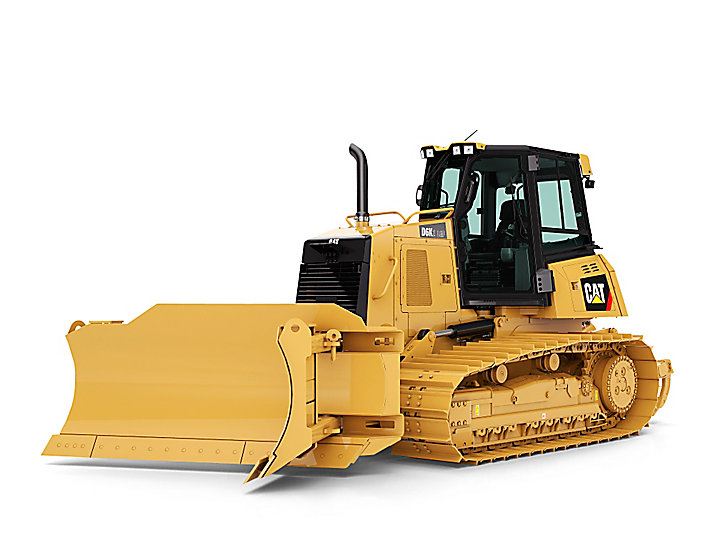Beginning in 2010, businesses have been afforded beneficial tax breaks via fixed asset additions and depreciation. These breaks are primarily Bonus depreciation and Section 179 expensing. Absent further action by Congress, Bonus is scheduled to go away and the 179 limits will be greatly reduced after 2013. Taxpayers can make an election to expense 100% of the cost of a new asset in the year of purchase under code section 179 of the Internal Revenue Code. This method, commonly known as "179", has both cost and income limits. In 2013, taxpayers can expense up to $500,000 under Section 179. If the taxpayer's acquisitions exceed $2 million, their allowable expense is reduced and the taxpayer's 179 deduction cannot exceed taxable income for the year. However, in 2014 the allowable expense drops to $25,000, with an acquisition limitation of $200,000.
Similarly, in 2013 taxpayer's can expense expense 50% of an acquisition up front, and then take normal depreciation on the other 50% for the year. For example, taking bonus on a $1,000 asset would result in a $500 expense up front, plus regular depreciation for the year on the remaining $500. It does not matter if the asset is new or used, there are no income or acquisition limits, and bonus can still be taken even if the taxpayer has no taxable income or the depreciation causes the taxpayer to have a net operating loss. But, in 2014, bonus depreciation will "retire".
Now that we've discussed the rules, take a look at this bad boy.
This is a fine bulldozer made by Caterpillar, one of the largest heavy machinery manufacturers in the world. Let's say that a taxpayer is in the market for this bulldozer and finds one at their local heavy machinery dealer with a list price of $250,000 (not actual list price, hypothetical only). We can now look at how making that purchase in December 2013 vs. January 2014 will affect the taxpayer's situation.
If the bulldozer is purchased in December 2013, the taxpayer can either expense 100% of the cost assuming they had < $2 million in total additions and taxable income of at least $250,000, or the taxpayer can expense $125,000 of the bulldozer under bonus depreciation regardless of their other acquisitions and taxable income.
If the bulldozer is purchased in January 2014, the taxpayer will not be permitted to expense any of the addition under 179 because their acquisitions will exceed the limit. The taxpayer will not be able to take any bonus depreciation either.
In this case, assuming a 39% tax rate, delaying the purchase to 2014 will cost the taxpayer savings in tax dollars of $97,500 if 179 could be taken, or $48,750 if bonus could be taken.
Although it is likely that Congress might pass some kind of extension to these depreciation rules, at this time there is no indication that the rules will be changed. Taxpayers that have been considering making fixed asset additions, from bulldozers to printers to office furniture, should take advantage of the tax benefits in 2013 while they last.



